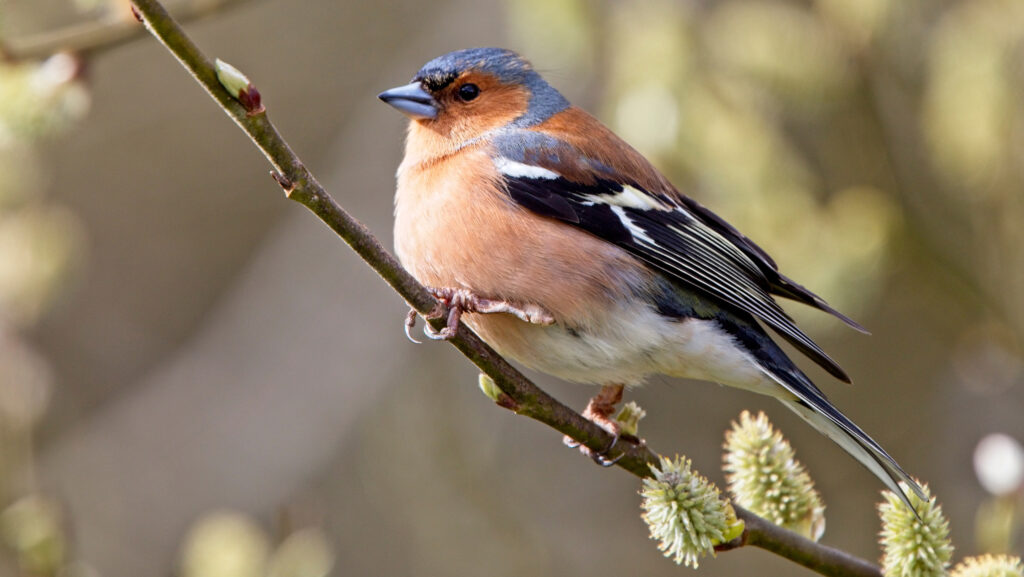Big Farmland Bird Count 2025 gets under way
 © Adobe Stock
© Adobe Stock The Big Farmland Bird Count has been kickstarted today (7 February), aiming to capture bird species and numbers on farms across the country.
The annual event, launched at Adam Henson’s farm this year, is run by the Game & Wildlife Conservation Trust (GWCT) and sponsored by the NFU.
It has been running since 2014, providing a snapshot of the state of the farmed landscape.
See also: Farmers urged to prepare for farmland bird count
Over the past 11 years, around 16,000 counts have been carried out by people working on farms up and down the country.
To take part, farmers need to spend 30 minutes a morning between 7-23 February counting and identifying birds they spot on their land and submitting the results to the GWCT by 17 March.
About 72% of the UK’s land is farmland, which means the key to increasing biodiversity and reversing the decline in wildlife is held by those looking after this land, says the GWCT.
The Big Farmland Bird Count (BFBC) aims to demonstrate farmers’ commitment to maintaining and increasing space for nature in the farmed environment.
Case study
The number of farmland birds have declined by 63% in the past 50 years, the GWCT has highlighted.
The reasons for that are complex says Lee Oliver, director at GWCT Cyrmu.
“Farming had to change because of the demand for food and cheaper food.
“That’s not the fault of the farmer; there’s also been an increase in predators alongside it, and changing weather patterns,” he explains.
However, there are things farmers can do to help struggling birds through the winter.
The way to success is the provision of habitat, enough food and managing predators.
“We’ve planted more than 40,000 trees and hedge plants, and include four-to-five species within herbal leys on our upland fields,” explains John Yeomans, who farms near Adfa, Newtown in mid-Wales and has been participating in the BFBC since 2020.
This has resulted in an “overall increase in wildlife and seen the return of kingfishers to the land”, says Mr Yeomans, who has recorded more than 70 species in the time he has been counting bird numbers.
The data collected as part of the BFBC is an important snapshot, providing a baseline that will help decision-making in years to come.
“Farmers can show a difference in their bird numbers and then that can be looked at and compared to what’s happening on the farm,” says Mr Oliver.
More information on how to participate can be found on the Big Farmland Bird Count website.
